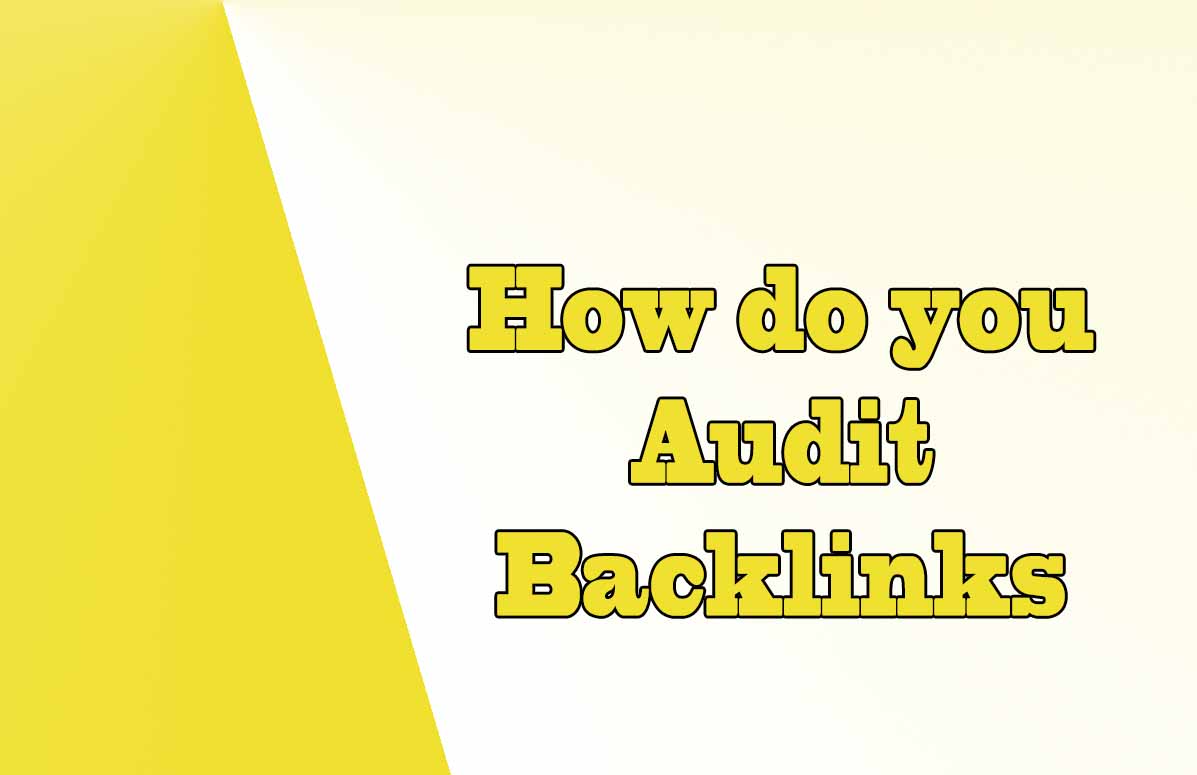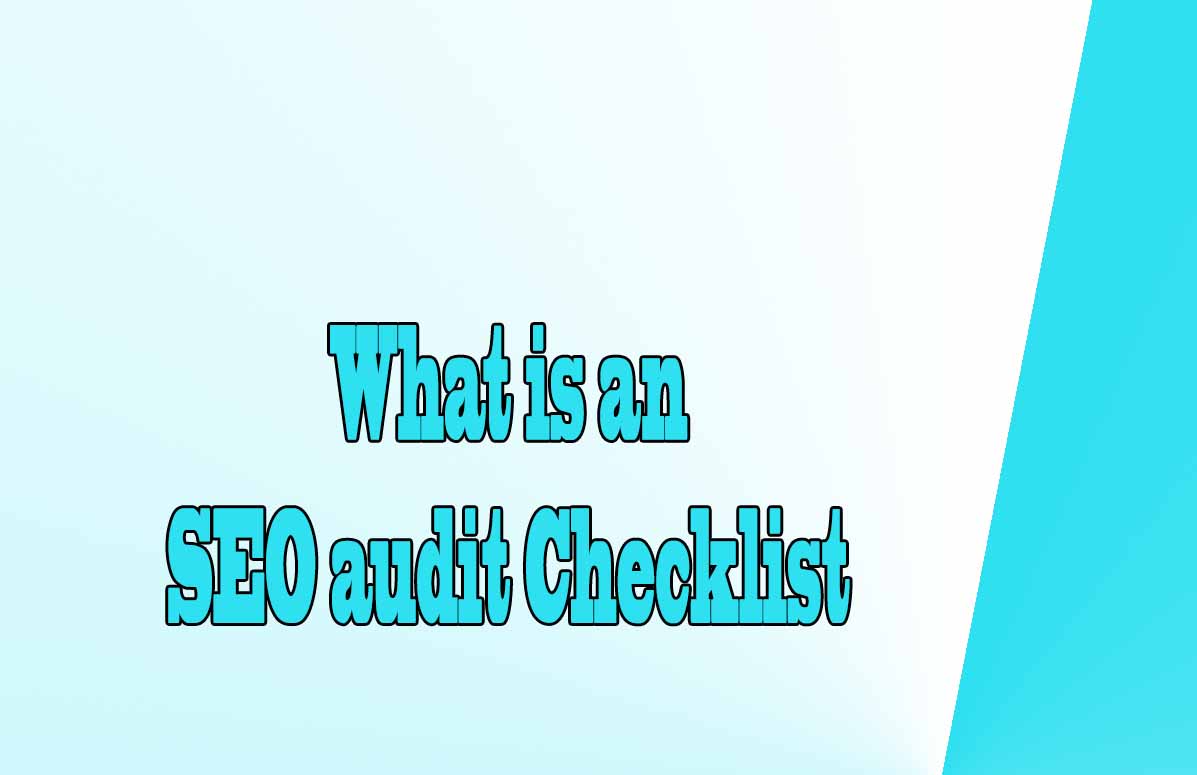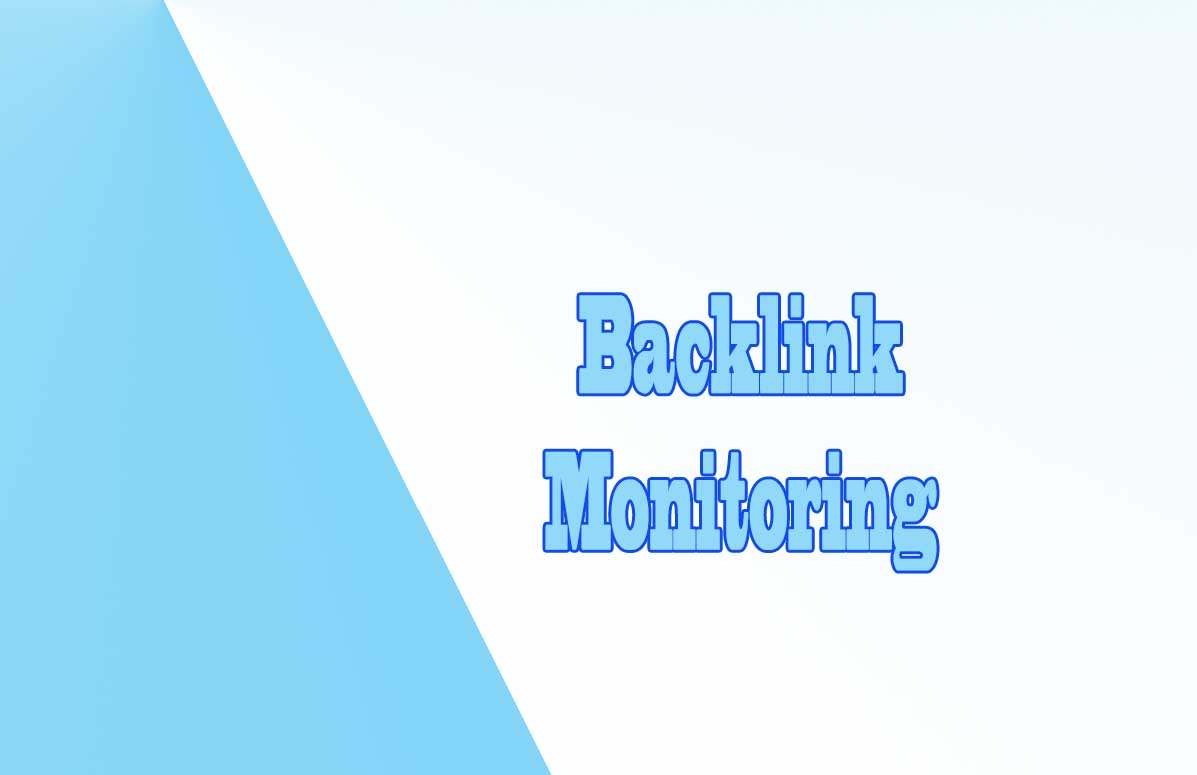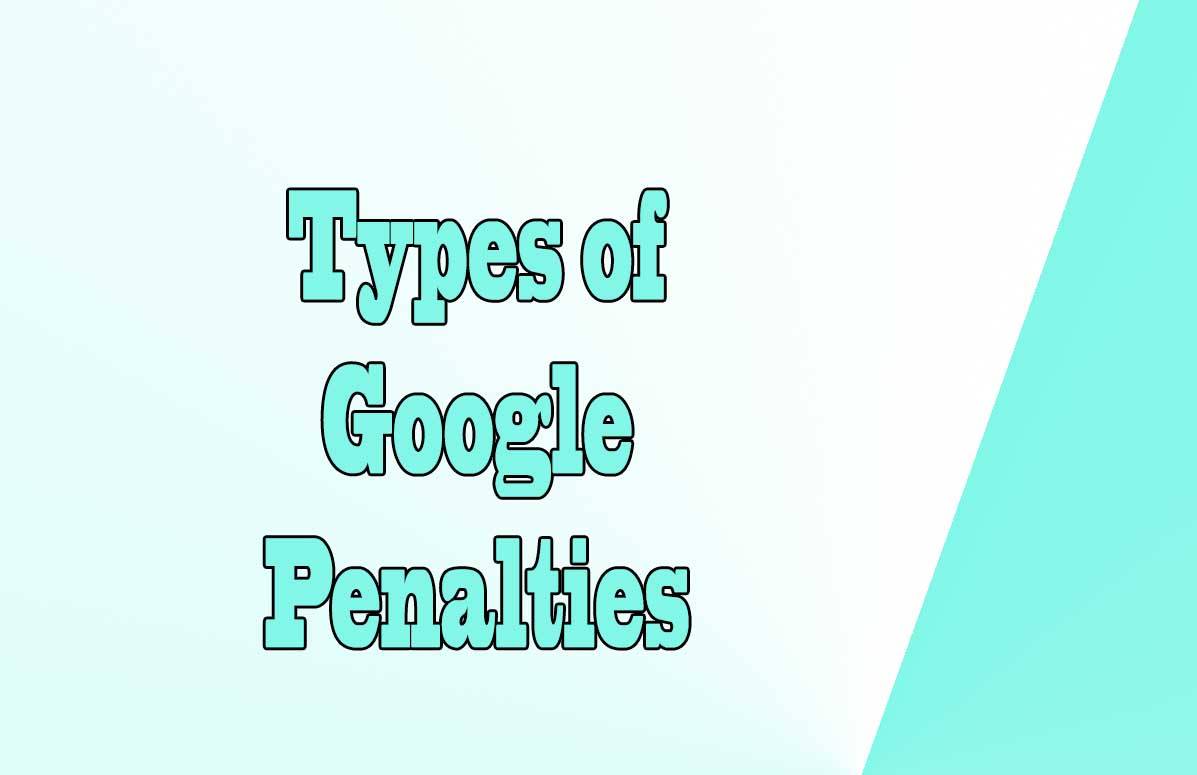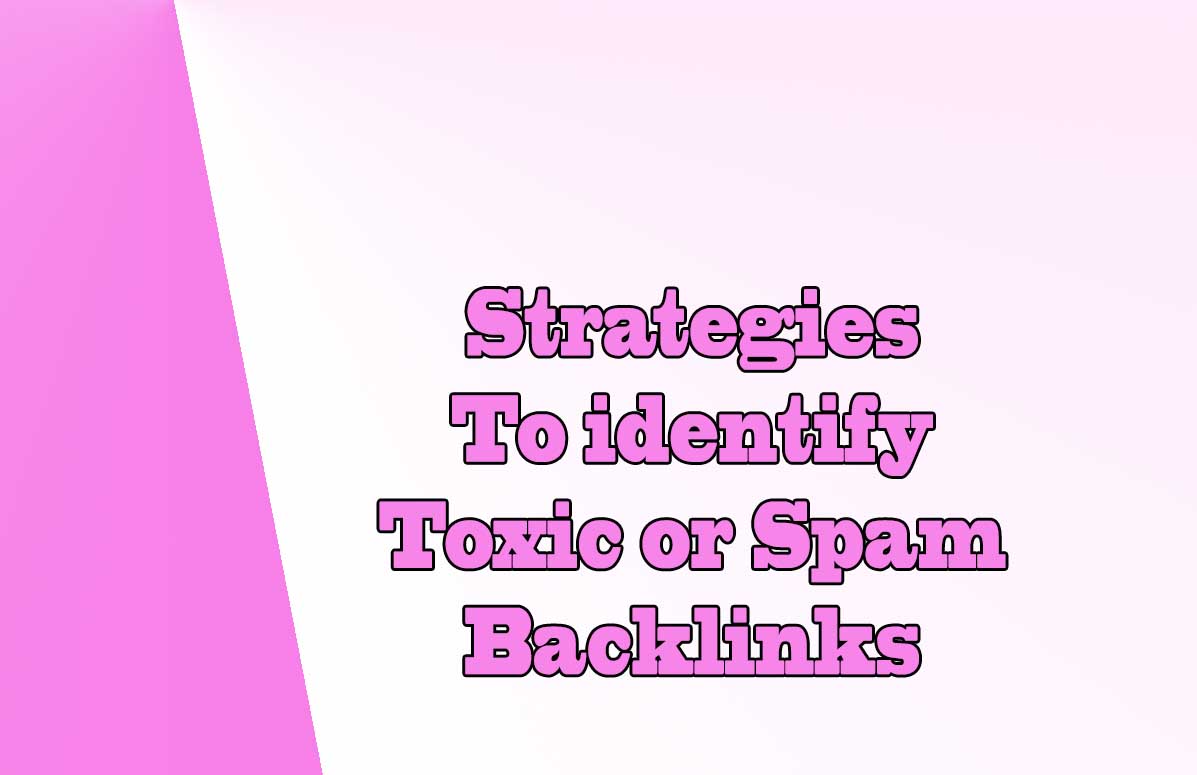
Strategies to identify Toxic or Spam backlinks: Intro
In the world of search engine optimization (SEO), backlinks play a crucial role in determining a website's visibility and authority. However, not all backlinks are created equal. Some backlinks can actually harm a website's rankings and reputation, leading to decreased organic traffic and potential penalties from search engines.
Toxic or Spam Backlinks Meaning
Spam backlinks are essentially low-quality links that are created with the intention of manipulating search engine rankings.
These links are often irrelevant to the content of the website and are placed on websites with poor reputations or in comment sections of blogs and forums.
The negative impact of spam backlinks on a website's rankings and reputation cannot be overstated.
Search engines, such as Google, penalize websites with a high number of spam backlinks, pushing them down in search results and potentially even removing them from search engine indexes.
To illustrate the severity of this problem, let's consider an example:
Imagine a reputable website that provides valuable information on a specific topic. However, due to the presence of spam backlinks, search engines may perceive this website as less trustworthy and relevant, ultimately resulting in a decline in organic traffic.
This can have serious consequences for the website's visibility and success.
Types of backlinks that can be considered toxic or spam
To begin with, it is important to understand the different types of backlinks that can be considered toxic or spam:
- Links from low-quality or irrelevant websites.
These websites may have poor content, a high number of ads, or engage in black hat SEO practices.
Backlinks from such websites can be detrimental to a website's reputation as search engines consider the quality and relevance of linking domains. - Another type of toxic or spam backlink is one with suspicious anchor text.
Anchor text is the clickable text within a hyperlink, and when it is overly optimized or contains irrelevant keywords, it can raise red flags for search engines.
This type of backlink is often associated with manipulative SEO tactics and can negatively impact a website's rankings. - Links from link farms are also considered toxic or spam backlinks.
Link farms are networks of websites created solely for the purpose of generating backlinks, often through automated processes.
These backlinks are typically of low quality and lack relevance, leading to penalties from search engines.
To identify these types of toxic or spam backlinks, it is essential to analyze a website's backlink profile thoroughly.
Tools and techniques available to assist in identifying toxic or spam backlinks
Fortunately, there are various tools and techniques available to assist in identifying toxic or spam backlinks:
- One such tool is Google Search Console.
This free tool provided by Google allows website owners to monitor their backlink profile and identify potential issues.
It provides information on the number of backlinks, linking domains, and anchor text used, enabling webmasters to spot any suspicious patterns. - There are several backlink analysis tools available in the market as lookkle Backlink monitoring tool. These tools provide comprehensive insights into a website's backlink profile, including metrics such as domain authority, anchor text distribution, and link quality.
By using these tools, webmasters can identify toxic or spam backlinks and take appropriate action. - Manual review is another effective technique for identifying toxic or spam backlinks.
This involves manually analyzing each backlink and assessing its quality and relevance. While it can be time-consuming, manual review allows for a more in-depth understanding of a website's backlink profile and helps in identifying any potentially harmful backlinks that may have been missed by automated tools.
Toxic backlinks or Spam techniques: Black Hat SEO practices
Black hat SEO practices involve techniques that aim to deceive search engines and manipulate search rankings.
These tactics often violate search engine guidelines and can result in severe penalties for the offending websites.
Some common examples of black hat SEO techniques include keyword stuffing, hidden text or links, cloaking, and link farming:
- Keyword stuffing is the practice of excessively using keywords in a webpage's content or meta tags in an attempt to manipulate search engine rankings.
This technique often leads to poor user experience and can be easily detected by search engine algorithms. - Hidden text or links involve hiding keywords or links within a webpage's content by using font colors that match the background color.
This technique is intended to increase keyword density without being visible to users. However, search engines have become increasingly adept at detecting these tactics and penalizing websites that employ them. - Cloaking is a technique in which different content is presented to search engines and users.
This practice aims to deceive search engines by showing them optimized content while displaying different content to users.
Search engines have sophisticated algorithms that can detect cloaking and penalize websites accordingly. - Link farming is the practice of creating or participating in networks of websites solely for the purpose of exchanging links.
These networks often consist of low-quality websites and are designed to artificially inflate the number of backlinks to a website.
Search engines consider this practice to be manipulative and can penalize websites that engage in link farming.
Strategies for solving spam backlink problems
Once toxic or spam backlinks have been identified, it is crucial to take immediate action to mitigate their impact:
- One strategy is to contact the webmasters of the linking domains and request removal of the backlinks.
This approach can be effective, especially when dealing with backlinks from reputable websites that may have linked unintentionally or without proper vetting.
Website owners and administrators must actively monitor and remove spam backlinks from their websites. - Implementing strict guidelines for user-generated content and moderating comments and forums can prevent the creation of spam backlinks in the first place.
- Google Disavow tool.
Google provides users with a free tool known as Disavow that allows you to remove any link pointing to your website.
First you have to know which link or links are going to be disavowed and that they are really penalizing your site.
Sometimes many websites accidentally remove positive links by not doing a good previous research, so it is advisable to leave the use of this tool as a last option to remove toxic backlinks.
Disavow is in Google Search Console and allows you to select a link or a list of links to block.
It is important to read these tips from Google before using this tool.
Inefficiency of current backlink evaluation algorithms
While search engines have developed algorithms to evaluate the quality and relevance of backlinks, these algorithms are not foolproof. They often struggle to accurately distinguish between spam and legitimate backlinks, leading to unintended penalties for websites with spam backlinks.
For instance, consider a website that unknowingly receives spam backlinks from a malicious source. Despite the website's best efforts to maintain a high-quality backlink profile, search engines may still penalize it due to the presence of these spam links.
This can be frustrating for website owners who are unaware of the existence of spam backlinks pointing to their site.
To address this problem, search engines need to continuously refine their backlink evaluation algorithms. By considering additional factors, such as the relevance of the linking website and the quality of its content, search engines can better differentiate between spam and legitimate backlinks.
Furthermore, providing website owners with access to tools and reports that highlight potential spam backlinks can empower them to take proactive measures.
Tips on SEO and Online Business
Next Articles
Previous Articles
